The standard ratio for fresh to dried herbs is 1 tablespoon fresh = 1 teaspoon dried (3:1). However, this varies by herb type. For example, basil and rosemary require half the dried amount, while cilantro has no true dried substitute.
Whether you're a culinary newbie or a seasoned pro, understanding herb ratios is crucial for perfect flavor. This guide covers everything you need to know about substituting fresh and dried herbs, including storage tips, usage timing, exceptions, and a buying guide.
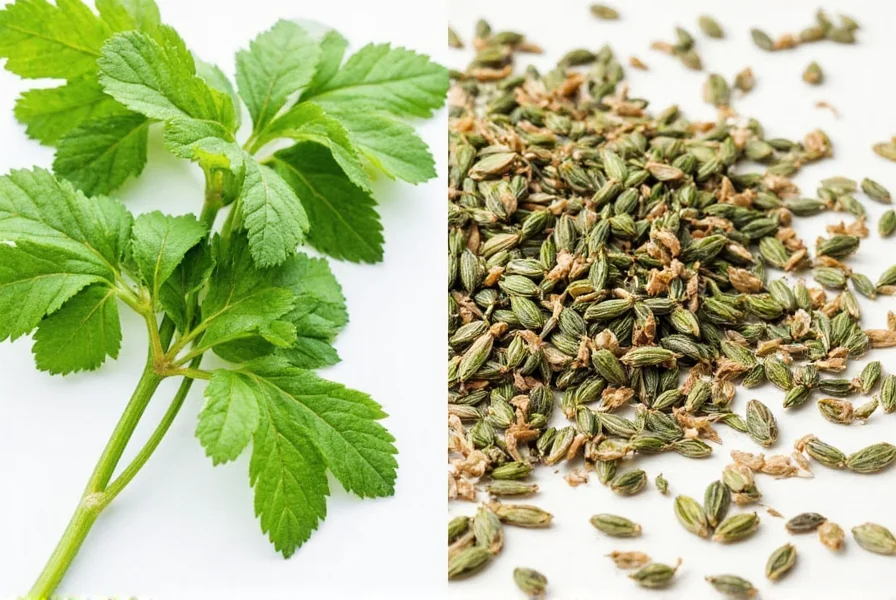
Table of Contents
- Why Understanding Herb Ratios Matters
- The Classic Fresh-to-Dried Herb Ratio
- Exceptions to the Rule (Yes, There Are Some!)
- How to Store Fresh & Dried Herbs Like a Pro
- Pro Tips for Using Herbs in Everyday Cooking
- Buying Guide: Choosing the Right Herbs for Every Dish
- Frequently Asked Questions
- Conclusion: Master the Magic of Herbs Today!
| Aspect | Fresh Herbs | Dried Herbs |
|---|---|---|
| Flavor Intensity | Mild, bright | Concentrated, earthy |
| Water Content | High | Low |
| Shelf Life | Days – Weeks | Months – Years |
| Best For | Garnish, late additions | Long-cooked dishes |
Why Understanding Herb Ratios Matters
Fresh herbs have more water content and less concentrated flavor compared to dried counterparts. Substituting them one-for-one risks under-seasoning or over-dousing your dish. This table explains key differences:
The Classic Fresh-to-Dried Herb Ratio
- Fresh to Dried: Use 1 tablespoon fresh = 1 teaspoon dried
- Dried to Fresh: Use 1 teaspoon dried = 3 teaspoons (1 tablespoon) fresh
This ratio works for most soft-leafed herbs like parsley, basil, cilantro, oregano, thyme, and dill. Dried herbs lose moisture, concentrating flavors, while fresh herbs add brightness when added late in cooking.
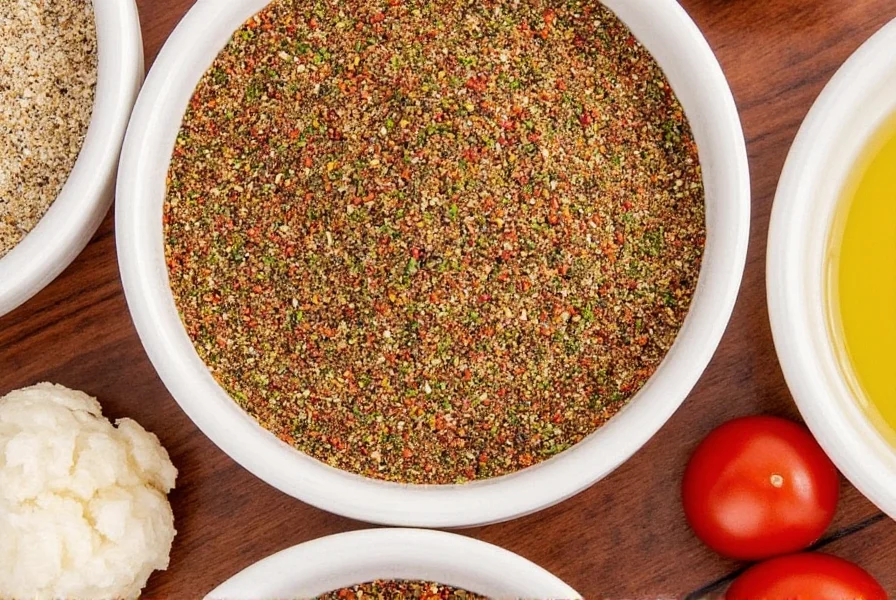
| Herb | Typical Ratio | Notes |
|---|---|---|
| Basil | 1 tbsp fresh = ½ tsp dried | Dried basil can taste musty; use sparingly |
| Cilantro | No true substitute | Dried coriander seeds ≠ fresh cilantro leaves |
| Parsley | 1 tbsp fresh = 1 tsp dried | Dried parsley lacks flavor but useful for color |
| Rosemary | 1 tbsp fresh = ½ tsp dried | Very potent; avoid overusing dried version |
| Chives | 1 tbsp fresh = 1 tsp dried | Dried chives are milder; adjust to taste |
Exceptions to the Rule (Yes, There Are Some!)
How to Store Fresh & Dried Herbs Like a Pro
Storing Fresh Herbs
- For basil, mint, and cilantro: Place stems in a glass of water, like a bouquet. Cover loosely with a plastic bag and store on the counter (not the fridge!).
- For rosemary, thyme, and parsley: Wrap in a damp paper towel and place in a resealable bag in the fridge.
- Freezing fresh herbs: Chop and freeze in ice cube trays with oil or water. Perfect for soups and stews!
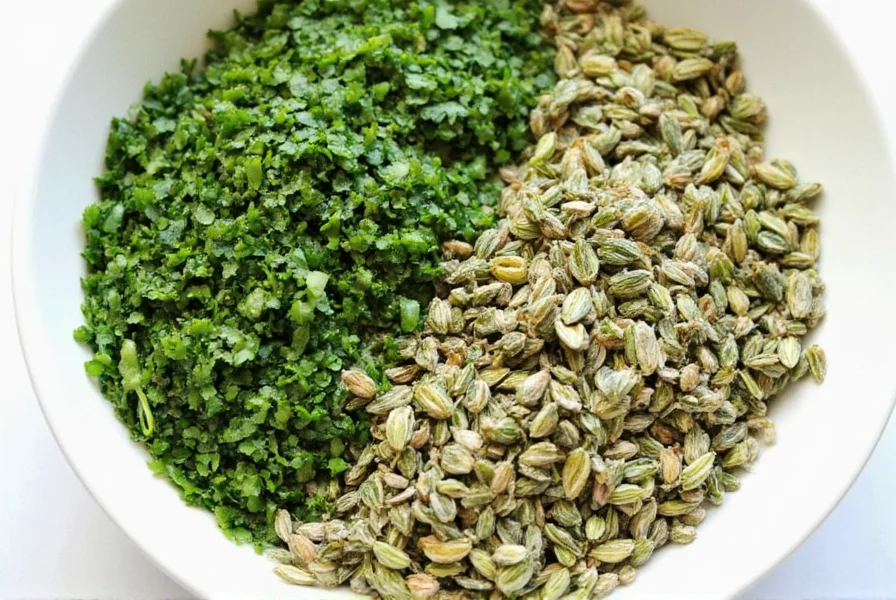
Storing Dried Herbs
- Keep in airtight containers away from heat, light, and moisture.
- Store whole leaves or sprigs longer than ground versions — they retain flavor better.
- Label and date your jars. Most dried herbs last 1–3 years, but potency decreases over time.
Pro Tips for Using Herbs in Everyday Cooking
When to Add Fresh Herbs
- Add toward the end of cooking or after serving to preserve freshness and vibrant color.
- Great for garnishing tacos, salads, sandwiches, and finishing sauces.
When to Add Dried Herbs
- Add early in the cooking process (like in soups, stews, or braises) to allow flavors to infuse slowly.
- Toast lightly in a dry pan before using to release essential oils and boost aroma.
Combining Fresh & Dried
- Double up on flavor by adding dried herbs during cooking and a sprinkle of fresh right before serving.
- Example: Cook chili with dried cumin and paprika, then top with fresh chopped cilantro.
| Product | Features | Advantages | Use Case | Target Audience |
|---|---|---|---|---|
| Fresh Basil Bunch | Green, perky leaves; no wilting or browning | Strong aroma, vibrant color, great for pasta and caprese | Sauces, salads, garnish | Home cooks, Italian cuisine lovers |
| Dried Oregano | Dark green to brown; strong scent | Long shelf life, robust flavor | Pizza, tomato-based sauces, grilled meats | Weeknight warriors, pizza fans |
| Fresh Cilantro Bunch | Firm stems, bright green leaves | Intense aroma, spicy-citrusy flavor | Tacos, salsas, curries | Mexican & Asian food lovers |
| Dried Thyme Leaves | Small, dark grey-green leaves | Elegant earthiness, subtle lemon notes | Stews, roasted veggies, meat marinades | Slow cooking enthusiasts |
| Frozen Herb Cubes | Pre-chopped, frozen in oil | Convenient, long-lasting, no waste | Stir-fries, sautéed dishes, sauces | Busy professionals, meal preppers |
Buying Guide: Choosing the Right Herbs for Every Dish
Frequently Asked Questions
Here are answers to common questions about fresh and dried herb conversions:
- What is the basic fresh-to-dried herb ratio?
- The standard conversion is 1 tablespoon of fresh herbs equals 1 teaspoon of dried herbs. This 3:1 ratio accounts for dried herbs' concentrated flavor due to moisture loss during drying.
- Can I substitute dried herbs for fresh using a 1:1 ratio?
- No. Using equal amounts will result in under-seasoned dishes. Dried herbs are more potent, so you need less—typically one-third the amount of dried herbs compared to fresh.
- Which herbs don't follow the 3:1 ratio?
- Basil and rosemary require extra caution. Use only ½ teaspoon dried for every 1 tablespoon fresh. Cilantro has no true dried substitute—dried coriander seeds won't replicate fresh leaves' flavor.
- How do I adjust recipes when substituting dried for fresh?
- For every 1 teaspoon of dried herbs called for, use 1 tablespoon fresh. Add fresh herbs later in cooking to preserve their delicate flavor, while dried herbs should go in early to rehydrate and infuse.
- Do dried herbs lose potency over time?
- Yes. Properly stored dried herbs last 1-3 years, but their flavor diminishes significantly after 6 months. Test potency by rubbing and smelling—if aroma is weak, replace them.
Conclusion: Master the Magic of Herbs Today!
Understanding the ratio of fresh to dried herbs unlocks flavor potential in every dish. With these hacks, tips, and buying tricks, you're well on your way to becoming a home chef extraordinaire.
Remember: experiment, taste as you go, and trust your senses. Because when it comes to herbs, the only thing better than knowing the rules… is knowing when to break them!
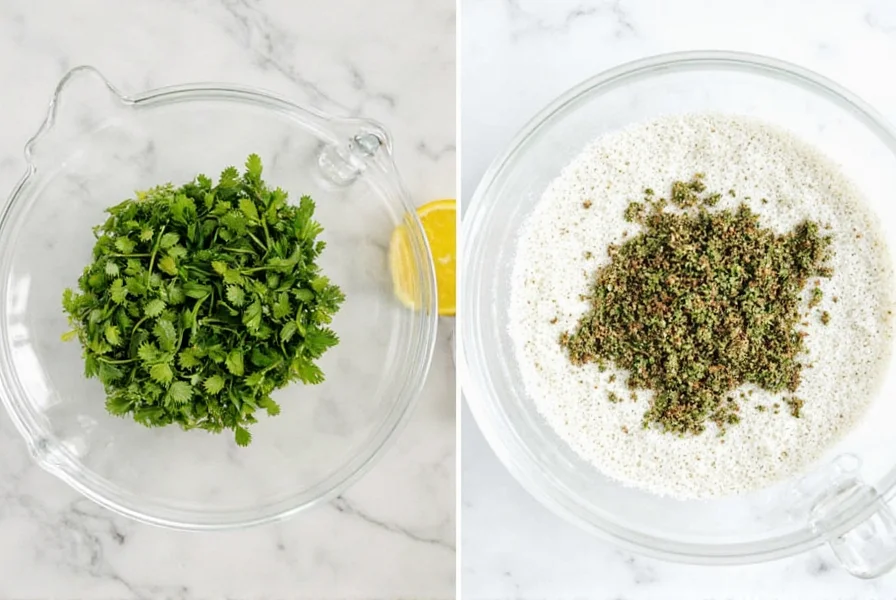
Now go forth and season like a pro!

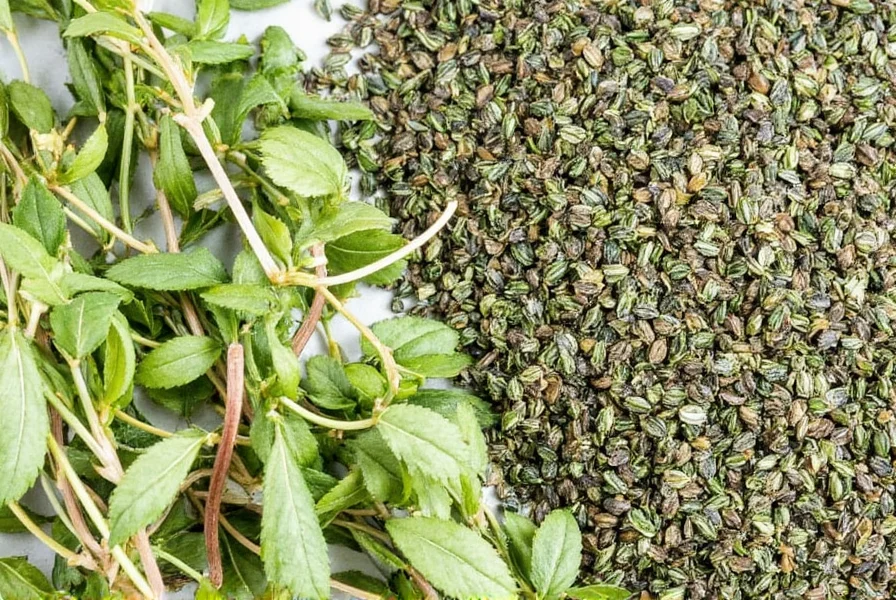









 浙公网安备
33010002000092号
浙公网安备
33010002000092号 浙B2-20120091-4
浙B2-20120091-4